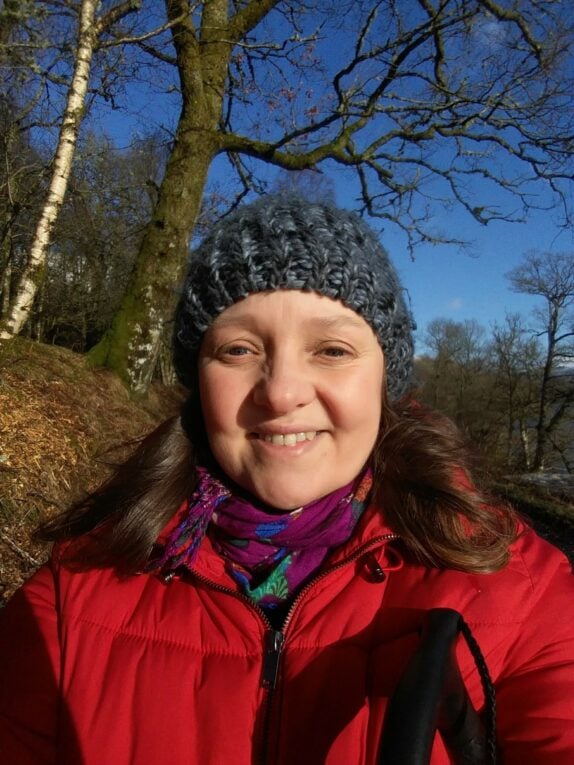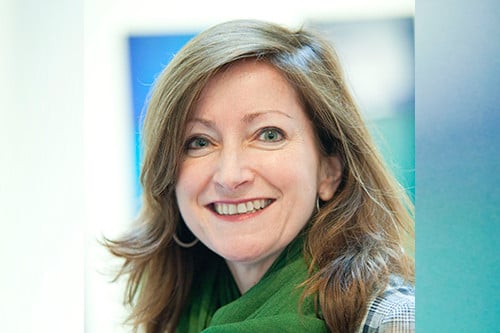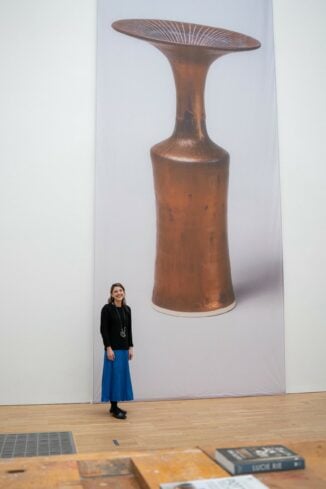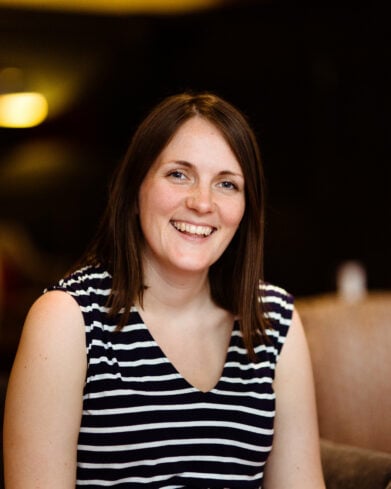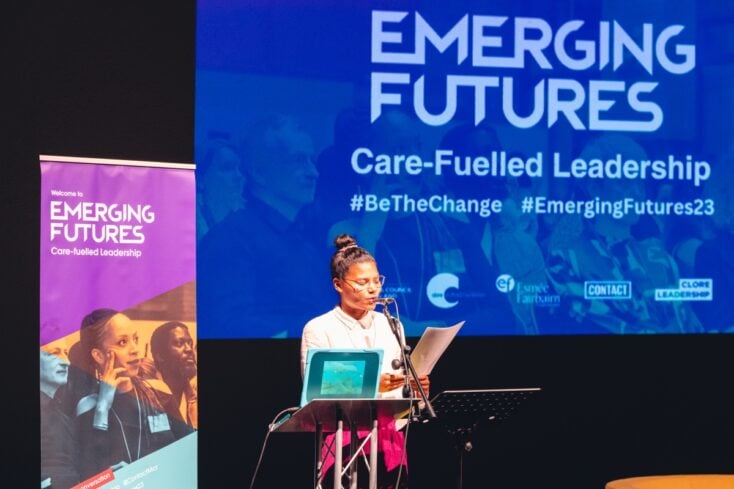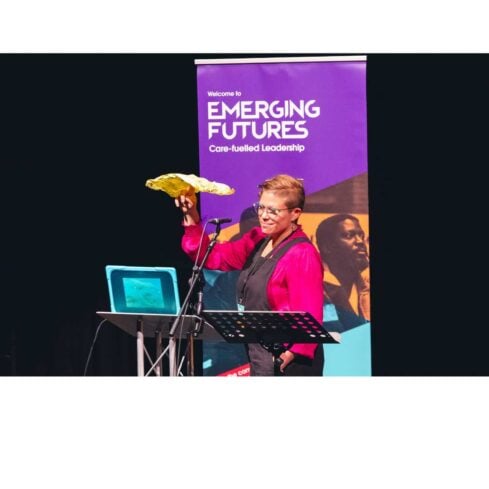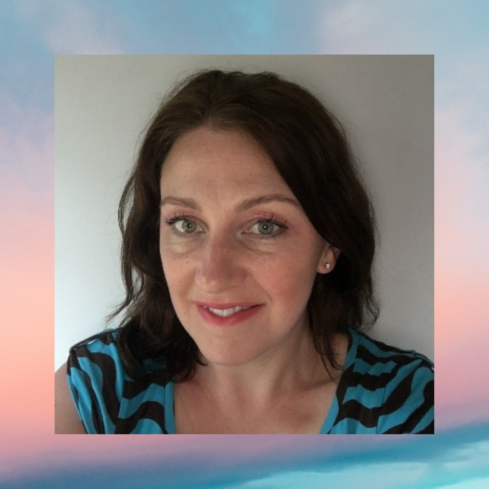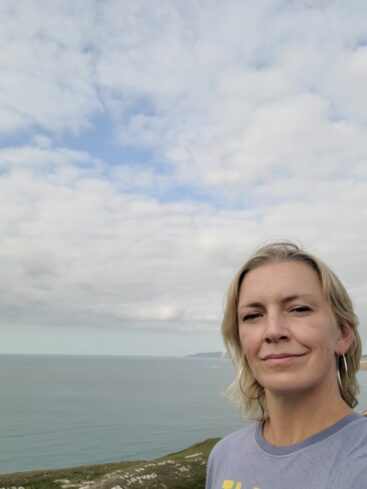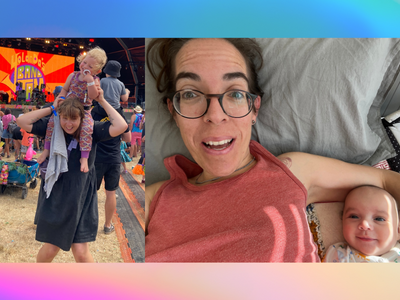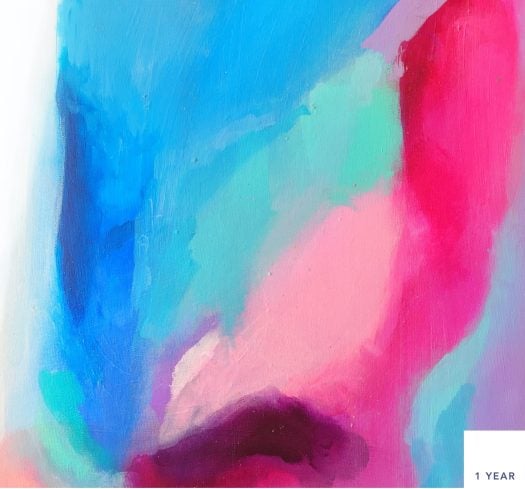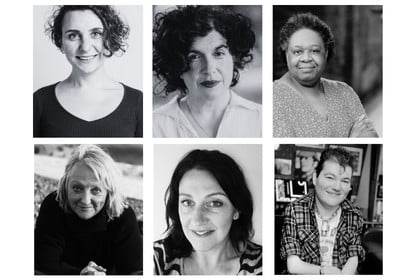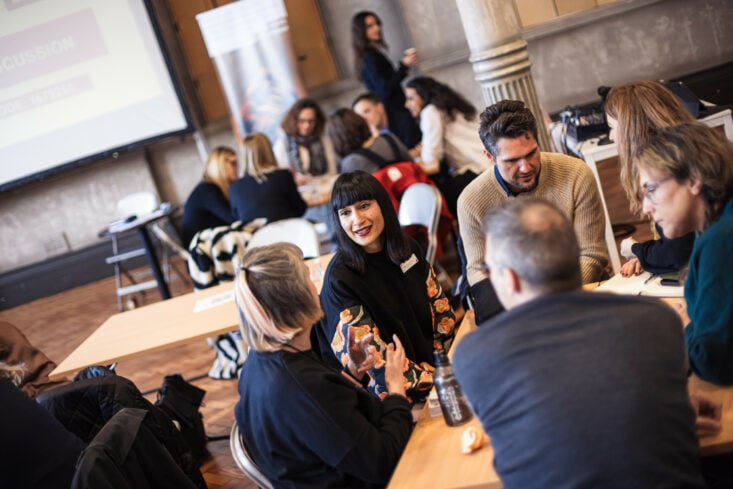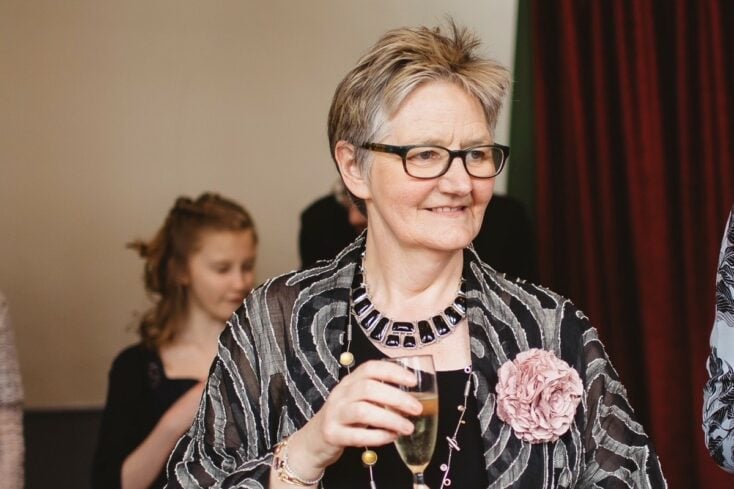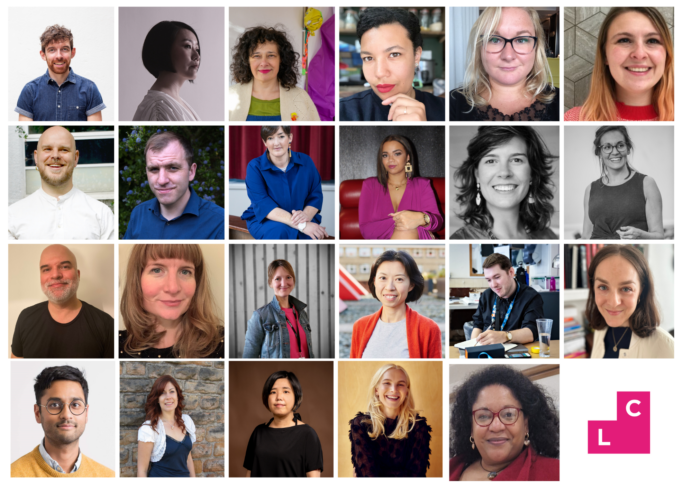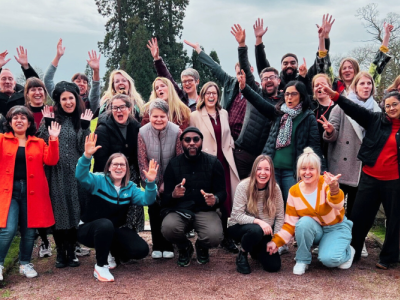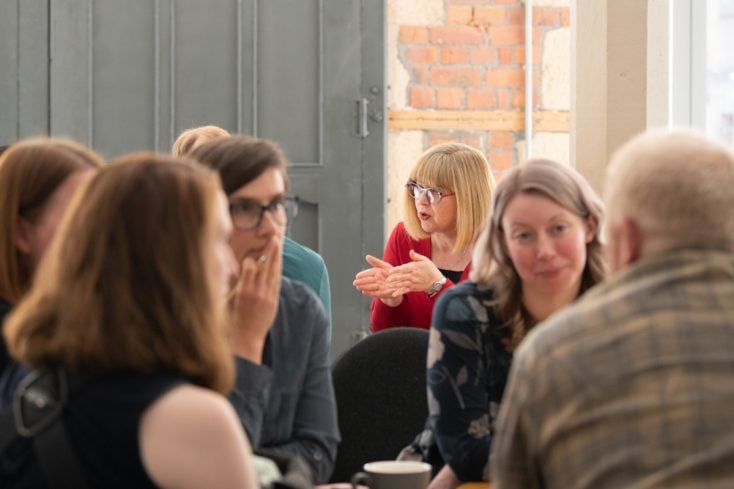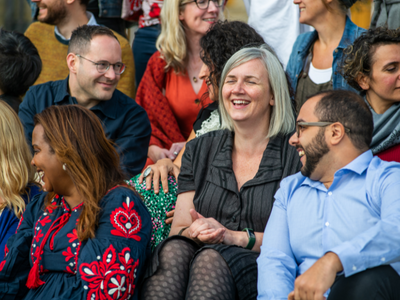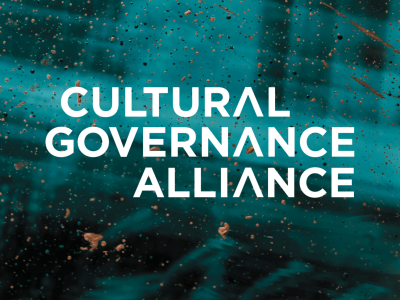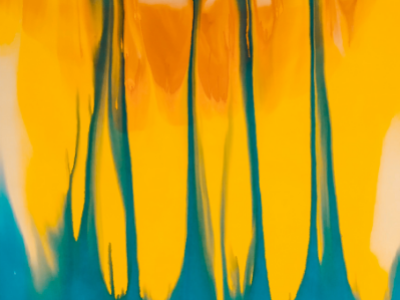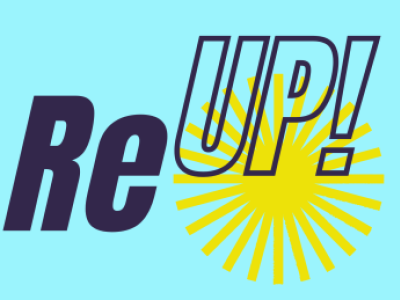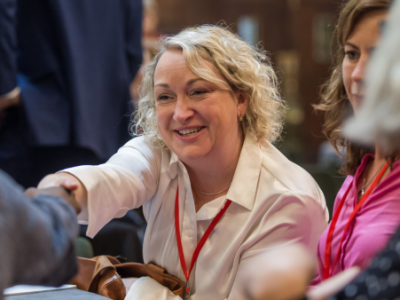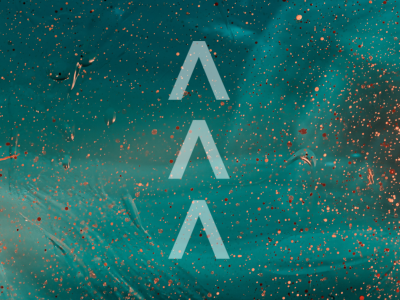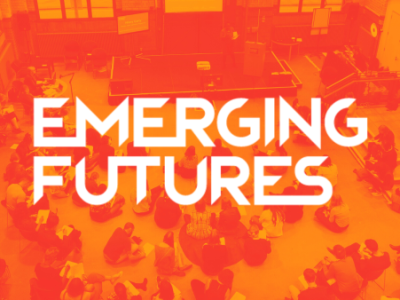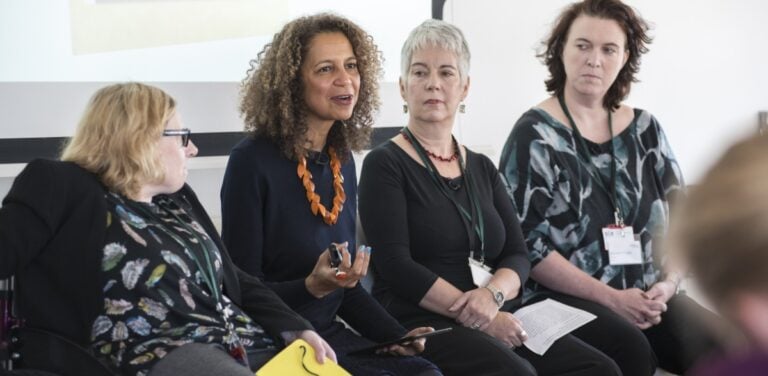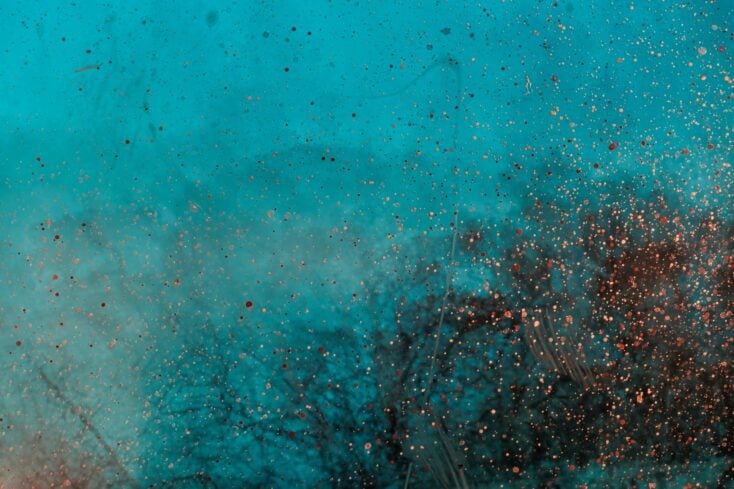One Journey Towards Cultural Leadership
Kirsten Luckins is a poet, performer, producer and artistic director of the Tees Women Poets, based in Teesside. She reflects on her leadership journey so far.
My Journey as a Cultural Leader
I’m almost 100% sure that no-one sets out to be a cultural leader. But here we are. How on earth did I get here?
Early days
When I was 4, I was a poet. (First published in the Evening Gazette, ‘The Mouse in his House, aged 5)
By the time I was around 9 years old, I wanted to be an artist creating huge abstract canvases in a New York loft. Or rather, my miniature stuffed rabbit Jasmine wanted that, human me didn’t make the connection.
Before that, before I had subconsciously gleaned enough cultural references to have a dim idea that New York lofts existed and that fictional artists lived in them, I had weird daydreams of making massive tunnels and cobwebs of yarn at various locations in my small world – the path to school, the dining room. It was twenty years before I twigged that immersive installation was A Thing.
Puberty struck. My poetry became truly awful, so I stopped.
After puberty, I wanted to be a meteorologist, because who says girls can’t do science, and the names of clouds are very pretty. School put me through the pasta-machine of aptitude testing, and pronounced me a journalist. Or maybe a wine seller. There was no ‘cultural leader’ option, and I showed interest in neither capitalism nor teaching, which really skewed the data.
Inevitably, I studied English and Art History. I was fortunate to do this at a time when three years immersed in culture without a specific employment goal was an affordable and laudable use of time. Emerging with a good degree, my main motivation was to run away from the offer of an MA thinking about nothing but post-structural critiques of the Impressionists, and so I became (in no particular order):
A fine art dealer’s shop assistant; a copy writer & freelance art journalist; a kitchen hand, waitress & occasional dole-bludger; a festival administrator and tour booker; an insufferable stoner on the India trail; an art teacher for adults with severe disabilities; a travel agent; an office manager for financial consultants; a call-centre worker; an envelope-stuffer; a door-to-door market researcher; a karaoke hostess; a gallery attendant; a charity administrator; a cultural volunteer coordinator; a shiatsu therapist running a holistic treatment room; and a dress-up alien for a children’s exhibition (by far the worst job ever).
I believe that’s known as a portfolio career?
‘Portfolio’ perhaps implies a curated or considered approach to gaining experience, and I’m sure even the casual observer can see in the above list a couple of decades of nopeing out of situations. I accidentally blazed an opportunistic, interest-driven, boredom-avoidance, escape-route pathway that has only in the last 14 years settled into anything resembling cultural leadership.
Lesson one – stick around
Starting over, and starting over again, has kept me on my toes but has also hidden some of my own competencies from myself until pretty late in the day. I’ve disguised my ambivalence and apprehensions about seniority behind a smokescreen of experimentation.
My introduction to, not leadership but citizenship of a cultural community, came through working for the Ouseburn Trust. This regeneration and heritage charity serves the community of one small valley in Newcastle, a location with an unusually high concentration of creative and cultural practitioners and businesses. This was the longest I’d spent in one place and one job for over a decade, and through my work for the Trust I served multiple community boards, learned what participatory means, ran a volunteering programme, became a half-decent fundraiser, set up an archive project, gained Investors in Volunteers status, became known by many, appreciated by some, loathed by others, and was a very bad Chair of a very good community arts festival.
The decision to stay in one place for a significant period of time had a huge impact on me. In many ways, this period of my life is where I began to understand what a cultural community is, or might be. It’s how I began to learn where I might fit into the development of something much, much bigger than myself. It’s where I figured out that the longer you stay, the less invisible you get to be. But even though my friends nicknamed me Sheriff of the Ouseburn for all the many committees I serviced, I was not any use as a leader. I saw leadership as being up a notch, away from the action and the community, and several times I abdicated promotion in favour of staying with hands-on delivery, with humans not spreadsheets.
Lesson two – lead from the front
My first step towards cultural leadership took place in 2010 when I was appointed producer in the north for performance poetry organisation Apples and Snakes.
Typically, I applied for the job because I wanted a new challenge (and because I considered myself a lapsed poet). The application form was a punt, the interview I treated as a practice run, but the job itself was a revelation! No two months the same, a myriad of projects, learning performance skills myself just so I could keep one step ahead of the poets I was supporting, near-total autonomy both creative and financial – I’d gone from Sheriff of the Ouseburn to Queen in the North! Being given the permission and power to make up a cultural programme as I went along was like someone had looked inside my brain and tailor-made a job just for my unique set of skills, passions and strengths.
Not only was I professionally stretched, I also experienced a huge re-awakening of my creative self. Finally working directly in my original art form, poetry, I tried everything I could – stage performance, physical theatre, contact improve dance, vocal training, making film-poetry, publishing a collection, self-publishing, writing spoken word theatre, taking work to Edinburgh Fringe, getting touring grants from the Arts Council, competing in the BBC slam…
My justification was always that I should try to understand what other performance poets might need to do to survive and thrive, if I was going to do my job well. I should lead by example, and I should base my professional practice on my personal one.
I came to realise that my personal credo was always feel the fear and do it anyway. I became convinced that excited, joyful fear was the most authentic way to motivate and clarify my decision-making in almost every area of my life. There was no need to change jobs, leave the country, start over – just make another project happen!
I still stand by that pro-risk attitude now, over a decade later, but with some caveats…
Lesson three – between the beginning and the end there is a middle
Fourteen years of project management has taught me that setting up a project is not the same as making an impact. A longitudinal frame of mind is something I’ve had to learn through successes and failures, the falling-apart of best intentions, the half-life of group engagement, the long slog of consistency. This has had a direct impact on the leader I’m becoming now, one who is as excited by robust procedures and organizational structures as by the Big Idea and the buzz of new beginnings. My greatest motivator now is to build an organisation that will outlive my involvement in it, that doesn’t rely on solely my personal energy to keep it vibrant and functional.
Of course I have always lived in a constant cycle of boom and burnout! It’s the freelance way! When I was made redundant and my notice period ended just as lockdown began, I truly found out what adrenaline and cortisol meant to me…
Lesson four – crisis is a mirror and a teacher
I was served my redundancy notice at a midday meeting, and by 8pm I’d applied for three new jobs. Crisis is rocket fuel to me, but had it not been for the combination of no job + global pandemic, I probably would have opted to switch my career trajectory once more. This time though the shared crisis of lockdown backed me into something of a corner – I had to make money and survive using what I already had in my toolkit – now is NOT the time to be a beginner!
What I had was a standalone project (the Tees Women Poets) that was valued by some very wonderful women enough to make it viable as a constituted group, capable of forming a board and receiving some grants. I had the legacy goodwill of Apples and Snakes, and I had my own abilities as a producer-fundraiser. Crucially, I had a lifetime of being fine with reinvention.
We all remember the stress of that period, the constant demands on us to radically shift behaviours, learn new technology, and find ways to stay connected to the people and activities that most nourished us. I’m not alone in scaling a near-vertical learning curve, nor am I the only one to have done it in a state of near-constant fear, dread, and heartbreak.
The most important gifts of this period for me were often really painful at the time. I learned that other people react to stress differently from me, and I can be a steam-roller at the worst possible moments. I skated close to losing key members of my team when I took all the responsibility on to myself like a crazed solo savior. I forgot to open space for genuine collaboration, barged onwards without showing appreciation, couldn’t lift my head long enough to ask for help.
Lessons in progress
To my eternal wonderment and gratitude, absolutely loads of amazing women stayed on board and made it possible to build the Tees Women Poets from a casual writing club into a regional literature organisation with a packed programme of events and a three-year funding package from ACE. We’re about to apply for charity status, another step on the journey towards building something that might outlast me.
Because here is what I’m learning…
I can’t do anything alone, and I don’t want to.
My strengths are often also my weaknesses. I can’t operate without ambitious vision and optimistic enthusiasm, but I need my team to balance this with their ethics, emotional intelligence, varied spheres of expertise and lived experience, and their rational risk-awareness.
Invincibility and certainty are for demagogues – I am more of a leader when I’m vulnerable, listen, address mistakes, ask for help, and create the conditions for others to shine.
My leadership journey is a self-development journey; coaching, mentoring, and counselling are now essential components of my CPD alongside training (like the Clore Leadership Pulse courses I’ll be attending in 2024).
I don’t know whether I’m a leader, yet. But I am 100% sure that I have to do what I do, because I don’t want to waste any more time.
Themes Alumni Journeys Leadership Styles Qualities of Leadership
